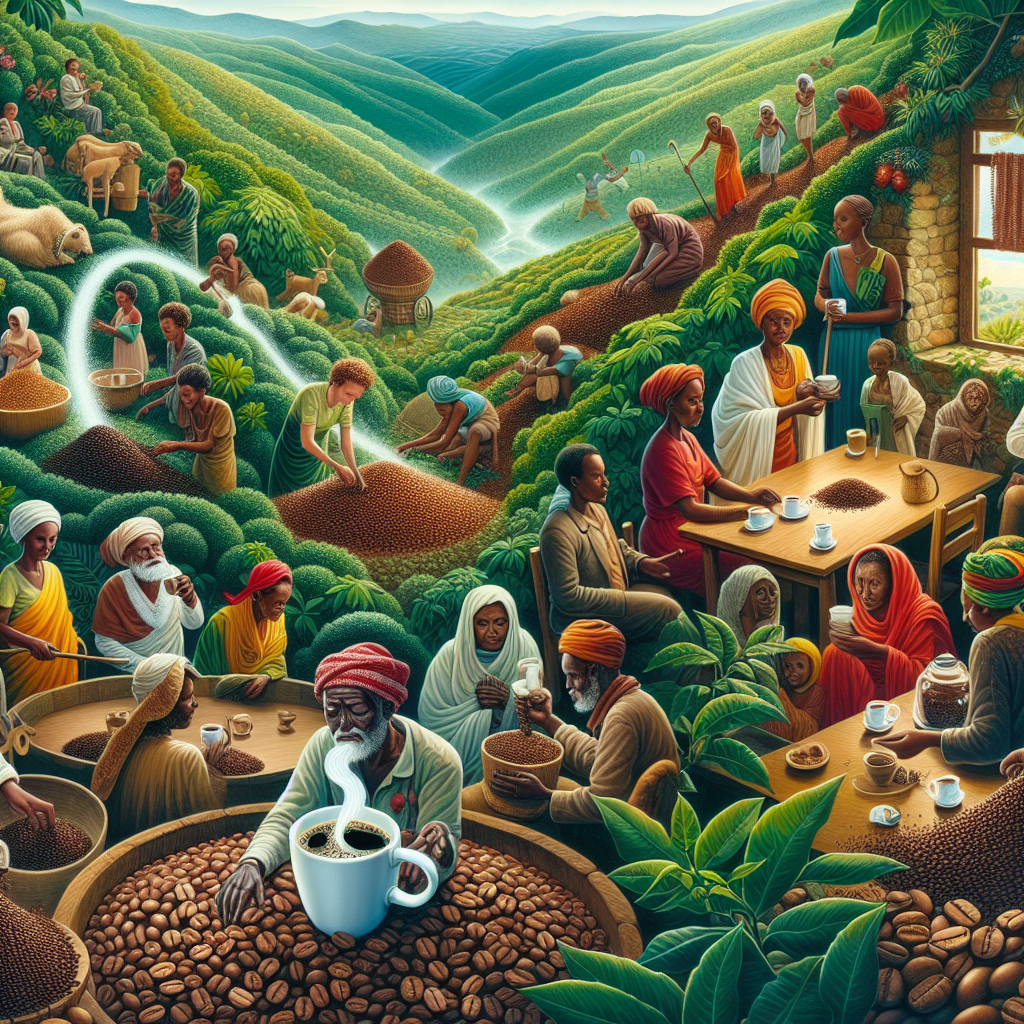Unveiling the Mystique of Arabica Coffee: A Taste Journey
Welcome to a sensory exploration of Arabica Coffee, the world’s most beloved coffee species known for its superior flavor and aroma. Unlike its counterpart, Robusta, Arabica coffee thrives at higher altitudes offering a sweeter, more nuanced flavor profile that charms coffee lovers worldwide. Let’s embark on a journey through the highlands where Arabica rules supreme, understanding its origins, distinct varieties, and how to savor this golden brew.
Specialty Arabica Coffee Offerings
- Usage of Arabica coffee beans in specialty coffee blends and single-origin selections
- Notable Arabica coffee providers like Don Pablo Coffee and illy
- Description of the rich history and flavor complexity of Arabica coffee
Arabica Coffee: A Bean Apart
Arabica coffee, or Coffea arabica, distinguishes itself from its Robusta cousin through its adaptability to high altitude cultivation and a flavor profile that’s as rich as its history. With a footprint in coffee-loving cultures across the globe, Arabica beans account for the majority of coffee consumed worldwide. This preference is tied to the bean’s sweeter, fruitier taste notes, which offer a stark contrast to Robusta’s bolder, more bitter flavor.
From Seed to Cup: Arabica’s Journey
The heartlands of Ethiopia, Colombia, and Bolivia stand out among the patchwork of regions that cultivate Arabica coffee, each infusing its beans with a unique mosaic of flavor notes influenced by the local climate and elevation. These diversified territories contribute to the broad spectrum of flavors that Arabica coffee enthusiasts have come to love, from the floral hints of Ethiopian beans to the nutty richness of Bolivian varieties.
Delving into the World of Arabica Coffee Offerings
Within the realm of specialty coffee, Arabica beans stand out as a staple in both blends and single-origin offerings. Renowned suppliers such as Don Pablo and illy have paved the way in bringing high-quality Arabica coffee to the forefront of the coffee industry, offering products that cater to the sophisticated palate of the modern coffee enthusiast. Each product, whether a carefully curated blend or a single-origin selection, narrates a part of Arabica’s rich tapestry of taste and tradition.
The Lure of Arabica Varieties
The diverse territories that embrace Arabica cultivation yield an equally varied selection of coffee beans, each with its own story. Bolivian Arabica, for instance, is lauded for its heavy, full-bodied texture, soft acidity, and exceptional balance, making it a sought-after choice for those who favor complexity in their cup. Similarly, single-origin selections from illy offer a voyage through taste, highlighting the unique flavor profiles of Arabica beans from different corners of the world.
Brewing Arabica: An Art and Science
The ultimate enjoyment of Arabica coffee lies in its preparation. From selecting the right grind size to mastering the perfect brew time, each step is crucial in unfolding the bean’s full flavor potential. Whether enjoying a classic hot brew or experimenting with specialty drinks, the right brewing technique can elevate your Arabica experience to new heights.
As we journey through the realm of Arabica coffee, from its storied origins to the myriad of ways it can be savored, it becomes clear that this beloved bean is more than just a beverage; it’s a global phenomenon that continues to captivate the hearts and taste buds of coffee aficionados everywhere. Embark on your own Arabica adventure and discover the rich, intricate flavors that make this coffee a treasure among connoisseurs.
Ready to explore other coffee delights? Dive deeper into the world of brewing perfection and find your next favorite blend here.
Shop at Breville now!
https://breville.oie8.net/oqDqrE
Shop ArabicaCoffee Beans at Amazon now!
Click here





